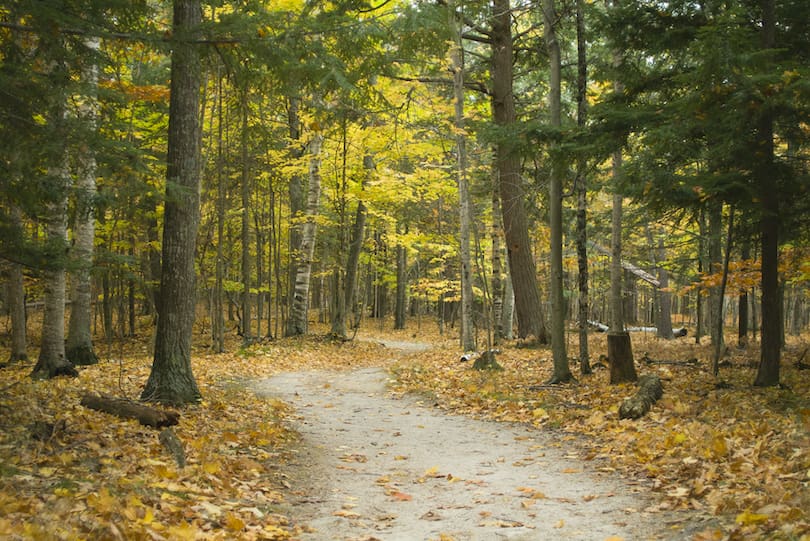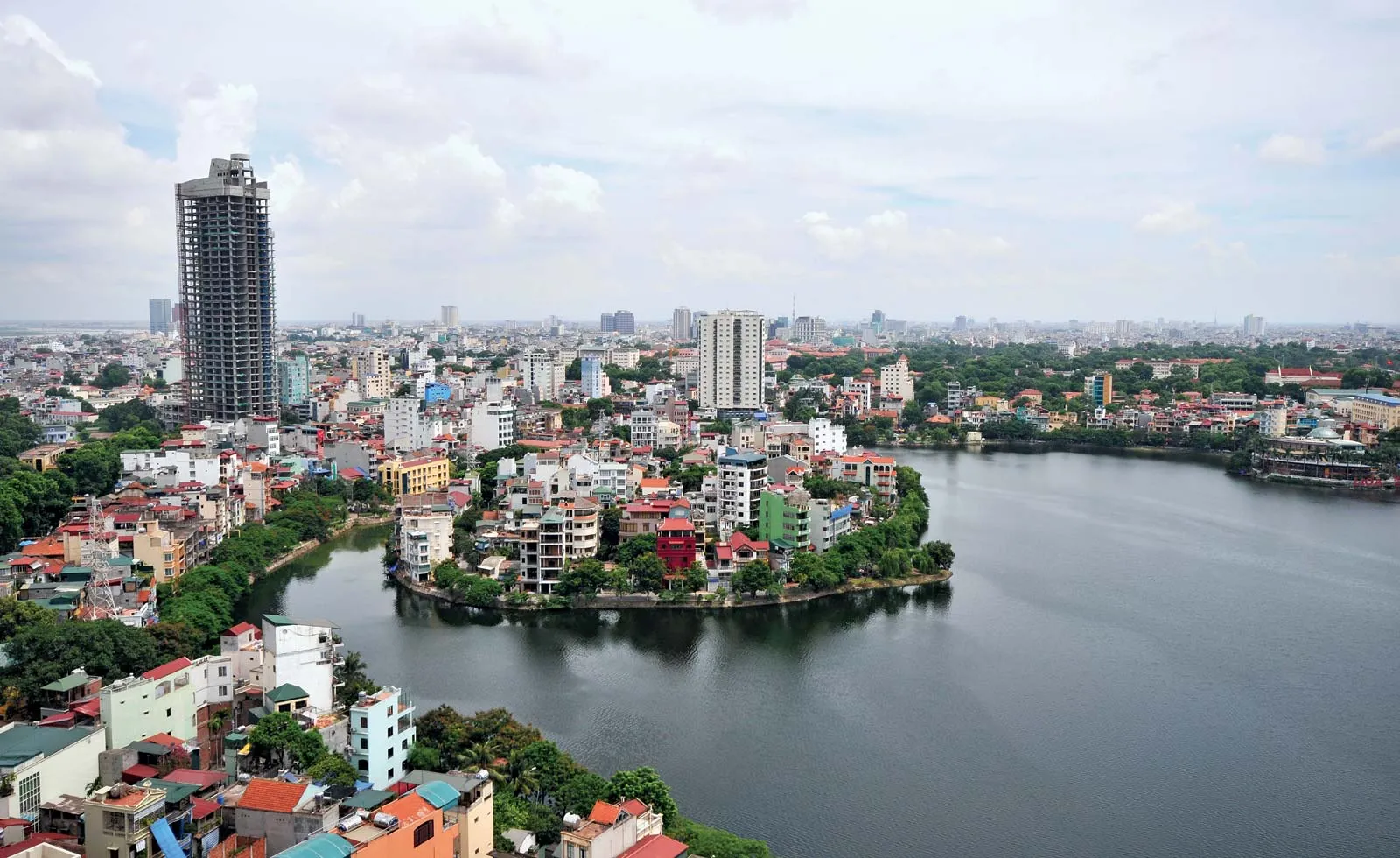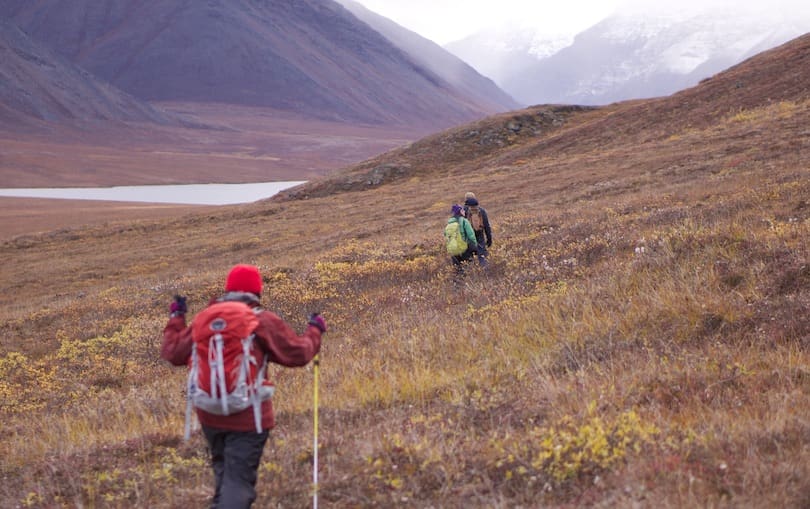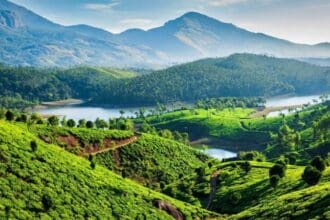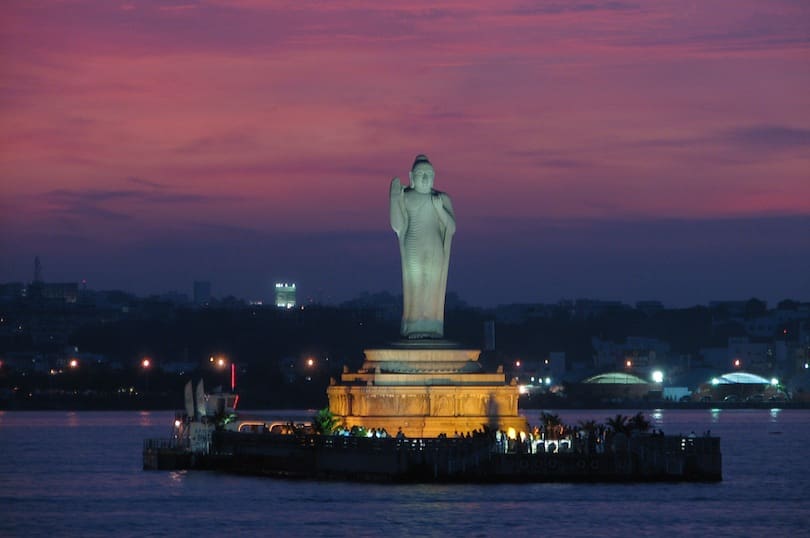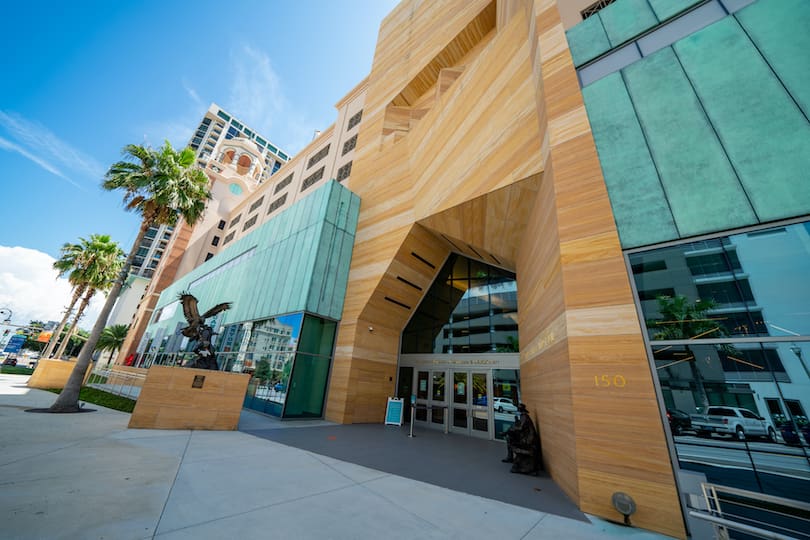Nestled in northeastern Argentina, the Mesopotamia region is a verdant paradise brimming with natural wonders, cultural heritage, and adventure opportunities. Comprising the provinces of Misiones , Entre Ríos , and Corrientes , this area is defined by its lush subtropical forests, winding rivers, Jesuit ruins, and vibrant local traditions. Whether you’re seeking thrilling outdoor activities or tranquil escapes, Mesopotamia has something for everyone. Here are the 10 best places to visit in this captivating corner of Argentina, complete with detailed insights to help you plan your journey.
1. Iguazú Falls (Misiones)
Why Visit?
Iguazú Falls is one of the most awe-inspiring natural wonders on Earth. Spanning nearly 3 kilometers along the border between Argentina and Brazil, these thundering cascades are surrounded by the lush Atlantic Forest. Declared a UNESCO World Heritage Site, Iguazú Falls offers an unforgettable blend of raw power and serene beauty.
Must-See Attractions
- Devil’s Throat (Garganta del Diablo): This U-shaped cascade is the largest and most dramatic section of the falls. A suspended walkway takes you close enough to feel the spray and hear the roar.
- Upper Circuit: A series of elevated platforms that provide panoramic views of the falls from above.
- Lower Circuit: Trails leading to the base of the falls, where you can admire them from below and even stand directly beneath smaller cascades.
- Jungle Train: A convenient way to navigate the park, connecting key areas like the Devil’s Throat and main circuits.
Travel Tips
- Best Time to Visit: The dry season (June to October) ensures clearer skies and better visibility, though the wet season (November to May) brings fuller water flow.
- What to Bring: Waterproof clothing, sturdy shoes, insect repellent, and a camera with a waterproof case.
- Insider Tip: Arrive early in the morning or late afternoon to avoid crowds and experience the falls in relative solitude.
Nearby Hotels and Restaurants
- Loi Suites Iguazú: A luxury eco-resort nestled within the jungle, offering spacious rooms, an infinity pool, and guided excursions to the falls.
- La Rueda Restaurant: Located near Puerto Iguazú, this restaurant serves traditional Argentine dishes like grilled meats and empanadas alongside international options.
Hidden Gems
- Macuco Safari: Take a boat ride that ventures dangerously close to the base of the falls for an adrenaline-pumping experience.
- Bird Park (Parque das Aves): Adjacent to the falls, this sanctuary houses over 900 birds from 150 species, including toucans, macaws, and flamingos.
2. Jesuit Missions of San Ignacio Miní (Misiones)
Why Visit?
The Jesuit Missions of San Ignacio Miní are among the finest examples of Spanish colonial architecture in South America. Built in the 17th century, these ruins reflect the efforts of Jesuit missionaries to integrate indigenous Guaraní communities into Christian society while preserving their cultural identity.
Must-See Attractions
- Main Plaza and Church Ruins: Marvel at the intricate carvings and red sandstone structures, which showcase a fusion of European and indigenous design.
- Light and Sound Show: Held nightly, this immersive presentation uses lights, music, and narration to bring the history of the missions to life.
- Visitor Center: Learn about the daily lives of the Guaraní people and the role of the Jesuits through interactive exhibits.
Travel Tips
- Guided Tours: Hire a knowledgeable guide to gain deeper insights into the site’s historical significance and architectural details.
- Combine Visits: Pair your trip to San Ignacio Miní with visits to nearby mission sites such as Santa Ana, Loreto, and São Miguel das Missões (across the border in Brazil).
Nearby Hotels and Restaurants
- Posada de la Laguna: A charming guesthouse located just minutes from the ruins, offering comfortable accommodations and warm hospitality.
- El Brete Gourmet: Specializes in regional cuisine made with locally sourced ingredients, including river fish and tropical fruits.
Hidden Gems
- Guaraní Villages: Engage with modern-day Guaraní communities to learn about their traditions, crafts, and connection to the land.
- Nature Trails: Explore the surrounding forest on marked paths that lead to lesser-known archaeological sites.
3. Esteros del Iberá Wetlands (Corrientes)
Why Visit?
The Esteros del Iberá is one of the largest freshwater wetland systems in the world, second only to Brazil’s Pantanal. This pristine ecosystem supports an incredible diversity of wildlife, making it a haven for nature lovers and eco-tourists.
Must-See Attractions
- Boat Tours: Glide through tranquil lagoons and narrow channels aboard small motorboats or kayaks, spotting capybaras, caimans, marsh deer, and howler monkeys.
- Birdwatching: Over 350 bird species inhabit the wetlands, including herons, ibises, kingfishers, and the rare jabiru stork.
- Local Communities: Visit Guarani villages to learn about their traditional practices, medicinal plants, and handicrafts.
Travel Tips
- Eco-Lodges: Stay overnight at sustainable lodges that offer guided tours led by expert naturalists.
- Seasonal Variations: The dry season (June to November) allows easier access to trails, while the wet season (December to May) floods parts of the reserve, creating unique photo opportunities.
Nearby Hotels and Restaurants
- Estancia Don Luis: A rustic yet luxurious estancia set within the wetlands, offering horseback riding, fishing, and wildlife safaris.
- Restaurante El Fogón: Serves hearty meals featuring native ingredients like dorado fish, wild boar, and yucca.
Hidden Gems
- Caiman Spotting: Join a nighttime excursion to observe caimans basking in the moonlight—a thrilling experience for wildlife enthusiasts.
- Flora Walks: Discover the region’s diverse plant life, including giant water lilies and towering palm trees.
4. Paraná River Delta (Entre Ríos)
Why Visit?
The Paraná River Delta is a sprawling network of islands, streams, and marshlands located just north of Buenos Aires. It’s a peaceful retreat from urban life, ideal for relaxation, fishing, and exploring rural landscapes.
Must-See Attractions
- Tigre Town: A picturesque town filled with colorful markets, museums, and waterfront cafes. The Museo de Arte Tigre showcases Argentine art from the late 19th and early 20th centuries.
- Rowing Clubs: Watch rowing competitions or rent kayaks and paddleboards to explore the delta’s calm waters.
- Fruit Orchards: Sample fresh citrus fruits grown in the fertile soil of the delta, particularly oranges, lemons, and mandarins.
Travel Tips
- Day Trips: Easily accessible from Buenos Aires via train or bus, Tigre makes for a perfect day trip.
- Pack Essentials: Bring sunscreen, a hat, and sunglasses, as shade can be scarce during boat tours.
Nearby Hotels and Restaurants
- Delta Eco Hotel: Situated directly on the riverbank, this hotel offers stunning views, comfortable rooms, and easy access to boat tours.
- La Manzana RestoBar: Known for its creative takes on traditional Argentine dishes, including homemade pasta and grilled meats.
Hidden Gems
- Island Hopping: Rent a private boat to visit secluded islands inhabited by artisans who craft handmade goods like pottery and textiles.
- Sunset Cruises: Enjoy breathtaking sunsets over the Paraná River, accompanied by live music and cocktails.
5. Gualeguaychú Carnival (Entre Ríos)
Why Visit?
Gualeguaychú hosts Argentina’s biggest carnival, celebrated annually from January to March. Vibrant parades, elaborate costumes, and infectious samba rhythms make it a must-attend event for culture enthusiasts.
Must-See Attractions
- Carnival Parades: Watch dazzling floats and energetic dance performances at the Corsódromo, a purpose-built arena modeled after Rio de Janeiro’s Sambadrome.
- Museum of the Carnival: Gain insight into the history and artistry behind the festivities, including costume design and choreography.
Travel Tips
- Book Early: Accommodations fill up quickly during carnival season, so reserve your stay months in advance.
- Join Street Parties: For a more casual yet equally festive experience, participate in street parties held throughout the city.
Nearby Hotels and Restaurants
- Howard Johnson Plaza Gualeguaychú: A centrally located hotel with modern amenities, including a rooftop pool and spa.
- El Puerto Restaurant: Offers seafood specialties and refreshing cocktails inspired by the region’s riverside culture.
Hidden Gems
- Local Markets: Browse stalls selling handcrafted masks, jewelry, and souvenirs commemorating the carnival.
- Live Music Venues: Experience authentic Argentine folk music and tango performances at intimate venues around town.
6. Colonia Carlos Pellegrini (Corrientes)
Why Visit?
This quaint village serves as the gateway to the Esteros del Iberá Wetlands. Its laid-back atmosphere and proximity to nature make it an ideal base for eco-tourism adventures.
Must-See Attractions
- Walking Trails: Boardwalks wind through wetlands and forests, offering opportunities to spot wildlife like capybaras, caimans, and exotic birds.
- Sunset Views: Watch the sky transform over the vast expanse of water—a photographer’s dream.
Travel Tips
- Rent Bicycles: Explore the village and surrounding areas at your own pace, stopping at scenic viewpoints and local eateries.
- Visit During Dry Season: June to November provides optimal conditions for hiking and wildlife observation.
Nearby Hotels and Restaurants
- Portal del Iberá Lodge: Provides comfortable lodging with guided tours included, ensuring a seamless and educational experience.
- Comedor La Cabaña: A cozy eatery serving homemade empanadas, stews, and grilled meats.
Hidden Gems
- Nighttime Safaris: Venture out after dark to witness nocturnal animals like owls, bats, and glow-in-the-dark fungi.
- Community Workshops: Participate in workshops led by locals, teaching skills like basket weaving and herbal medicine preparation.
7. National Park El Palmar (Entre Ríos)
Why Visit?
El Palmar National Park protects one of the last remaining stands of yatay palm trees, creating a unique landscape unlike anywhere else in Argentina. This park is not only a haven for nature lovers but also a window into the region’s prehistoric past, with ancient rock art scattered throughout its trails.
Must-See Attractions
- Yatay Palm Groves: Walk among towering yatay palms, which can grow up to 20 meters tall. These iconic trees are a symbol of Entre Ríos and create a surreal, almost otherworldly atmosphere.
- Prehistoric Rock Art: Discover ancient petroglyphs carved into rocks by indigenous tribes thousands of years ago. These intricate designs offer a glimpse into the lives and beliefs of early inhabitants.
- Sendero del Monte (Forest Trail): A scenic hiking trail that winds through dense forests, offering opportunities to spot native wildlife such as foxes, armadillos, and colorful birds.
- Mirador Panorámico (Panoramic Viewpoint): Climb to this elevated platform for sweeping views of the park’s vast expanse of palm groves and rolling hills.
Travel Tips
- Best Time to Visit: Spring (September to November) is ideal, as wildflowers bloom and temperatures are mild. Avoid summer months when the heat can be intense.
- What to Bring: Sturdy hiking boots, insect repellent, sunscreen, and plenty of water. Trails can be uneven, so comfortable footwear is essential.
- Insider Tip: Start your visit early in the morning to avoid midday heat and maximize your time exploring the park.
Nearby Hotels and Restaurants
- Hostería El Palmar: A rustic yet charming hotel located near the park entrance, offering cozy accommodations and guided tours of the area.
- La Olla Grande: A local favorite serving traditional Argentine barbecue (asado) alongside grilled vegetables and homemade chimichurri sauce.
Hidden Gems
- Birdwatching Hotspots: The park is home to over 250 bird species, including rheas, parrots, and woodpeckers. Bring binoculars to spot rare and endemic species.
- Picnic Areas: Pack a lunch and enjoy a meal surrounded by nature at designated picnic spots within the park.
8. Paso de los Libres (Corrientes)
Why Visit?
Located near the Uruguay border, Paso de los Libres is a quaint town known for its thermal baths, vibrant folklore festivals, and rich cultural heritage. It’s an excellent destination for relaxation, history, and immersion in local traditions.
Must-See Attractions
- Termas de Concepción: These natural hot springs are renowned for their therapeutic properties. The warm, mineral-rich waters are believed to alleviate stress and improve circulation.
- Folklore Festival: Held annually, this festival celebrates Argentina’s musical heritage with live performances, traditional dances, and craft markets.
- Museo Histórico Regional: Learn about the town’s history, from its indigenous roots to its role in regional trade and development.
- Puente Internacional: Cross the international bridge connecting Paso de los Libres to Uruguayana, Brazil, for a day trip or shopping excursion.
Travel Tips
- Thermal Bath Etiquette: Check opening hours and dress codes before visiting the baths, as some may require swim caps or specific attire.
- Cultural Immersion: Attend a folklore show or join a workshop to learn how to play traditional instruments like the bombo legüero (drum).
Nearby Hotels and Restaurants
- Hotel Casino Sol: A modern hotel featuring a casino, spa facilities, and easy access to the thermal baths.
- La Estancia Gaucha: Serves authentic gaucho-style meals, including grilled meats, empanadas, and yerba mate tea.
Hidden Gems
- Artisan Markets: Browse handmade crafts, pottery, and textiles created by local artisans. Many markets operate year-round, especially during festivals.
- Riverfront Walks: Stroll along the Paraná River for stunning sunset views and a chance to see fishermen casting their nets.
9. Wanda Mines (Misiones)
Why Visit?
Wanda Mines offers a fascinating glimpse into Argentina’s mining industry. Visitors can tour underground caves filled with semi-precious stones like agate, amethyst, and quartz. It’s a unique destination for geology enthusiasts and souvenir hunters alike.
Must-See Attractions
- Gemstone Workshops: Watch skilled artisans transform raw minerals into beautiful jewelry pieces. You can even try your hand at crafting your own keepsake.
- Underground Caves: Explore glittering walls adorned with crystals and learn about the geological processes that formed them.
- Mining Museum: Gain insight into the history of mining in the region, including tools, techniques, and the economic impact of gemstone extraction.
- Local Markets: Purchase locally mined stones and handmade jewelry as souvenirs to support the community.
Travel Tips
- Closed-Toe Shoes: Wear sturdy, closed-toe shoes suitable for walking on uneven surfaces inside the caves.
- Photography: Bring a camera with a flash, as lighting inside the caves can be dim.
- Insider Tip: Visit during weekdays to avoid crowds and enjoy a more personalized experience.
Nearby Hotels and Restaurants
- Posada del Artesano: A boutique hotel showcasing handmade crafts and offering cozy accommodations just minutes from the mines.
- La Casona del Lago: Serves fusion cuisine blending Argentine and international flavors, with a focus on fresh, locally sourced ingredients.
Hidden Gems
- Guided Tours: Opt for guided tours led by geologists who provide in-depth explanations of the cave formations and mineral deposits.
- Nearby Waterfalls: Combine your visit to Wanda Mines with a trip to Salto Encantado, a stunning waterfall surrounded by lush jungle.
10. Yapeyú Historical Route (Corrientes)
Why Visit?
Yapeyú is steeped in history, particularly as the birthplace of José de San Martín, a key figure in Argentina’s independence movement. This picturesque town offers a blend of colonial architecture, historical landmarks, and serene countryside landscapes.
Must-See Attractions
- San Martín Museum: Housed in the restored home where José de San Martín was born, this museum chronicles his life, military campaigns, and contributions to South American independence.
- Colonial Architecture: Admire preserved buildings dating back to the 18th century, many of which feature red-tile roofs, whitewashed walls, and ornate wooden doors.
- Río Uruguay Views: Enjoy panoramic views of the Uruguay River, which played a crucial role in the region’s trade and transportation during colonial times.
- Historical Walking Tour: Follow a marked route that highlights significant sites related to Yapeyú’s role in Argentina’s history.
Travel Tips
- Start at the Museum: Begin your visit at the San Martín Museum to gain context before exploring the town’s historical landmarks.
- Walking Tours: Join a guided walking tour to uncover lesser-known stories and anecdotes about Yapeyú’s past.
Nearby Hotels and Restaurants
- Hotel Yapeyú: Offers simple yet comfortable accommodations in the heart of the town, making it convenient to explore nearby attractions.
- El Rancho Criollo: Specializes in traditional gaucho-style meals, including barbecued meats, grilled sausages, and homemade bread.
Hidden Gems
- Local Festivals: If visiting in February, don’t miss the annual Festival de la Patria Grande, which honors San Martín’s legacy with parades, music, and food stalls.
- Nature Trails: Venture outside the town to discover quiet trails leading to secluded riverbanks and lush forests.
Conclusion
Argentina’s Mesopotamia region is a treasure trove of natural wonders, cultural heritage, and outdoor adventures. From the thundering waters of Iguazú Falls to the tranquil wetlands of Esteros del Iberá, each destination offers a unique slice of Argentine charm. Whether you’re marveling at Jesuit ruins, soaking in thermal springs, or immersing yourself in local traditions, Mesopotamia promises an unforgettable journey.
FAQs About the Best Places to Visit in Argentina’s Mesopotamia
- What is the best time to visit Argentina’s Mesopotamia?
- Spring (September to November) and fall (March to May) offer mild weather and fewer crowds.
- How do I get to Iguazú Falls?
- Fly into Puerto Iguazú International Airport or take a bus from Buenos Aires.
- Are there any dangerous animals in Esteros del Iberá?
- While caimans and snakes exist, they rarely pose a threat to tourists if proper precautions are taken.
- Can I swim in the Paraná River Delta?
- Yes, but always check for strong currents and follow safety guidelines.
- What should I bring for a trip to Mesopotamia?
- Lightweight clothing, insect repellent, sunscreen, and comfortable walking shoes.
- Is English widely spoken in Mesopotamia?
- Spanish is the primary language, but many tourist hubs cater to English speakers.
- What is the currency used in Argentina?
- The Argentine peso (ARS). Credit cards are accepted in major cities, but cash is preferred in rural areas.
- Are there vegetarian options available in local restaurants?
- Yes, many eateries offer salads, pastas, and vegetable-based dishes.
- What makes Iguazú Falls special compared to other waterfalls?
- Its sheer size, volume of water, and surrounding biodiversity set it apart globally.
- Do I need a visa to visit Argentina?
- Visa requirements depend on your nationality. Check with the Argentine consulate before traveling.








